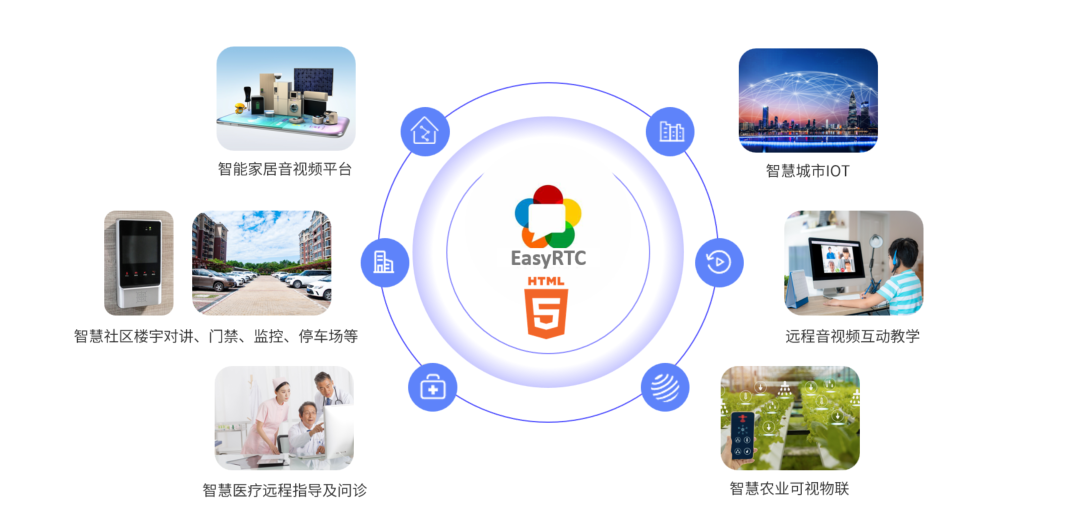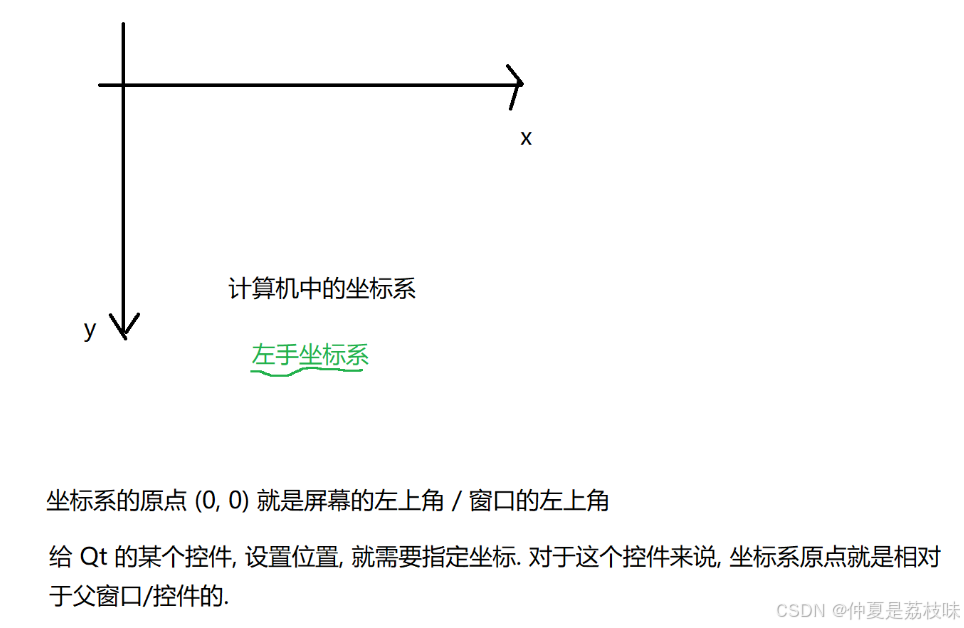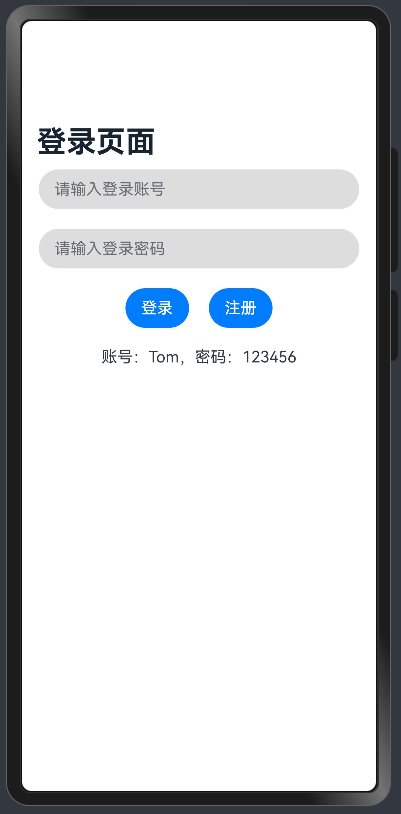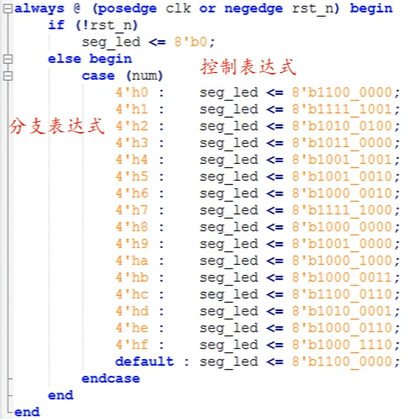Java多线程实现之Runnable接口深度解析
- 一、Runnable接口概述
- 1.1 接口定义
- 1.2 与Thread类的关系
- 1.3 使用Runnable接口的优势
- 二、Runnable接口的基本实现方式
- 2.1 传统方式实现Runnable接口
- 2.2 使用匿名内部类实现Runnable接口
- 2.3 使用Lambda表达式实现Runnable接口
- 三、Runnable接口的高级应用
- 3.1 线程间资源共享
- 3.2 与线程池结合使用
- 3.3 实现带返回值的任务(结合Future)
- 四、Runnable接口与Thread类的对比
- 4.1 主要区别
- 4.2 如何选择
- 五、Runnable接口的实战案例
- 5.1 多线程下载器
- 5.2 定时任务执行器
- 5.3 生产者-消费者模型
- 六、Runnable接口的注意事项
- 6.1 线程安全问题
- 6.2 异常处理
- 6.3 线程中断
- 6.4 资源管理
- 总结
Java除了可以继承Thread类来创建和管理线程,还可以通过实现Runnable接口来实现多线程。本文我将详细介绍Runnable接口的原理、实现方式、高级应用以及与Thread类的对比,并通过多个实战案例展示其在实际开发中的应用场景,帮你全面掌握Runnable接口的使用。
一、Runnable接口概述
1.1 接口定义
Runnable是Java中的一个函数式接口,位于java.lang包下,其定义如下:
@FunctionalInterface
public interface Runnable {
public abstract void run();
}
该接口仅包含一个抽象方法run(),用于定义线程的执行逻辑。由于是函数式接口,因此可以使用Lambda表达式来简化实现。
1.2 与Thread类的关系
虽然Thread类是Java中线程的核心类,但通过实现Runnable接口来创建线程是更推荐的方式。Thread类本身也实现了Runnable接口,其构造函数可以接受一个Runnable对象作为参数,从而将线程的创建和任务的定义分离。
1.3 使用Runnable接口的优势
- 避免单继承限制:Java不支持多重继承,实现
Runnable接口的类还可以继承其他类 - 更灵活的资源共享:多个线程可以共享同一个
Runnable实例,便于实现资源共享 - 代码解耦:将线程的创建和任务逻辑分离,提高代码的可维护性和可测试性
- 更好的扩展性:可以与线程池等高级API配合使用
二、Runnable接口的基本实现方式
2.1 传统方式实现Runnable接口
class MyRunnable implements Runnable {
@Override
public void run() {
for (int i = 0; i < 5; i++) {
System.out.println(Thread.currentThread().getName() + "执行: " + i);
try {
Thread.sleep(100);
} catch (InterruptedException e) {
e.printStackTrace();
}
}
}
}
public class RunnableExample {
public static void main(String[] args) {
// 创建Runnable实例
MyRunnable myRunnable = new MyRunnable();
// 创建并启动线程
Thread thread1 = new Thread(myRunnable, "线程1");
Thread thread2 = new Thread(myRunnable, "线程2");
thread1.start();
thread2.start();
}
}
2.2 使用匿名内部类实现Runnable接口
public class AnonymousRunnableExample {
public static void main(String[] args) {
// 使用匿名内部类创建Runnable实例
Runnable runnable = new Runnable() {
@Override
public void run() {
for (int i = 0; i < 5; i++) {
System.out.println(Thread.currentThread().getName() + "执行: " + i);
try {
Thread.sleep(100);
} catch (InterruptedException e) {
e.printStackTrace();
}
}
}
};
// 创建并启动线程
Thread thread = new Thread(runnable, "匿名线程");
thread.start();
}
}
2.3 使用Lambda表达式实现Runnable接口
public class LambdaRunnableExample {
public static void main(String[] args) {
// 使用Lambda表达式创建Runnable实例
Runnable runnable = () -> {
for (int i = 0; i < 5; i++) {
System.out.println(Thread.currentThread().getName() + "执行: " + i);
try {
Thread.sleep(100);
} catch (InterruptedException e) {
e.printStackTrace();
}
}
};
// 创建并启动线程
Thread thread = new Thread(runnable, "Lambda线程");
thread.start();
// 更简洁的写法
new Thread(() -> {
System.out.println("极简线程执行");
}, "极简线程").start();
}
}
三、Runnable接口的高级应用
3.1 线程间资源共享
通过实现Runnable接口,可以轻松实现多个线程共享同一个资源:
class SharedResource implements Runnable {
private int count = 0;
@Override
public void run() {
for (int i = 0; i < 1000; i++) {
// 同步方法保证线程安全
increment();
}
System.out.println(Thread.currentThread().getName() + "执行完毕,count=" + count);
}
public synchronized void increment() {
count++;
}
}
public class ResourceSharingExample {
public static void main(String[] args) throws InterruptedException {
// 创建共享资源实例
SharedResource sharedResource = new SharedResource();
// 创建并启动多个线程共享同一个资源
Thread thread1 = new Thread(sharedResource, "线程1");
Thread thread2 = new Thread(sharedResource, "线程2");
thread1.start();
thread2.start();
// 等待两个线程执行完毕
thread1.join();
thread2.join();
System.out.println("最终count值: " + sharedResource.count);
}
}
3.2 与线程池结合使用
Runnable接口是线程池(ExecutorService)的主要任务类型:
import java.util.concurrent.ExecutorService;
import java.util.concurrent.Executors;
public class ThreadPoolExample {
public static void main(String[] args) {
// 创建固定大小的线程池
ExecutorService executor = Executors.newFixedThreadPool(3);
// 提交多个Runnable任务到线程池
for (int i = 0; i < 10; i++) {
final int taskId = i;
executor.submit(() -> {
System.out.println("线程池中的线程执行任务: " + taskId);
try {
Thread.sleep(500);
} catch (InterruptedException e) {
e.printStackTrace();
}
});
}
// 关闭线程池
executor.shutdown();
}
}
3.3 实现带返回值的任务(结合Future)
虽然Runnable接口的run()方法没有返回值,但可以通过Future和Callable接口实现带返回值的任务:
import java.util.concurrent.*;
public class FutureExample {
public static void main(String[] args) throws ExecutionException, InterruptedException {
ExecutorService executor = Executors.newSingleThreadExecutor();
// 创建一个Callable任务
Callable<Integer> callable = () -> {
Thread.sleep(2000);
return 100;
};
// 提交任务并获取Future
Future<Integer> future = executor.submit(callable);
// 获取任务结果(会阻塞直到任务完成)
System.out.println("任务结果: " + future.get());
executor.shutdown();
}
}
四、Runnable接口与Thread类的对比
4.1 主要区别
| 特性 | Runnable接口 | Thread类 |
|---|---|---|
| 实现方式 | 实现Runnable接口 | 继承Thread类 |
| 单继承限制 | 无,可以继承其他类 | 受Java单继承限制 |
| 资源共享 | 天然支持,多个线程可共享同一个Runnable实例 | 需通过静态变量等方式实现资源共享 |
| 代码结构 | 任务逻辑与线程创建分离,解耦性好 | 任务逻辑与线程创建耦合在一起 |
| 扩展性 | 可与线程池等高级API更好配合 | 直接使用,扩展性较差 |
4.2 如何选择
- 推荐使用Runnable接口:在大多数情况下,实现
Runnable接口是更好的选择,尤其是需要资源共享或与线程池配合使用时 - 使用Thread类的场景:当需要重写
Thread类的其他方法(如start()、interrupt()等)时,可以考虑继承Thread类,但这种场景非常少见
五、Runnable接口的实战案例
5.1 多线程下载器
import java.io.*;
import java.net.HttpURLConnection;
import java.net.URL;
class DownloadTask implements Runnable {
private String url;
private String outputFile;
public DownloadTask(String url, String outputFile) {
this.url = url;
this.outputFile = outputFile;
}
@Override
public void run() {
try (InputStream in = new URL(url).openStream();
OutputStream out = new FileOutputStream(outputFile)) {
byte[] buffer = new byte[4096];
int bytesRead;
while ((bytesRead = in.read(buffer)) != -1) {
out.write(buffer, 0, bytesRead);
}
System.out.println("下载完成: " + outputFile);
} catch (IOException e) {
System.err.println("下载失败: " + outputFile + ", 错误: " + e.getMessage());
}
}
}
public class MultiThreadDownloader {
public static void main(String[] args) {
String[] urls = {
"https://example.com/file1.txt",
"https://example.com/file2.txt",
"https://example.com/file3.txt"
};
String[] outputFiles = {
"downloads/file1.txt",
"downloads/file2.txt",
"downloads/file3.txt"
};
// 创建并启动多个下载线程
for (int i = 0; i < urls.length; i++) {
Thread thread = new Thread(new DownloadTask(urls[i], outputFiles[i]));
thread.start();
}
}
}
5.2 定时任务执行器
import java.util.Date;
class ScheduledTask implements Runnable {
private String taskName;
public ScheduledTask(String taskName) {
this.taskName = taskName;
}
@Override
public void run() {
System.out.println(new Date() + " - 执行任务: " + taskName);
try {
// 模拟任务执行时间
Thread.sleep(2000);
} catch (InterruptedException e) {
e.printStackTrace();
}
System.out.println(new Date() + " - 任务" + taskName + "执行完毕");
}
}
public class ScheduledTaskExecutor {
public static void main(String[] args) {
// 创建并启动定时任务线程
Thread task1 = new Thread(new ScheduledTask("数据库备份"));
Thread task2 = new Thread(new ScheduledTask("日志清理"));
// 设置任务执行间隔
Thread scheduler1 = new Thread(() -> {
while (true) {
task1.run();
try {
// 每天执行一次
Thread.sleep(24 * 60 * 60 * 1000);
} catch (InterruptedException e) {
e.printStackTrace();
}
}
});
Thread scheduler2 = new Thread(() -> {
while (true) {
task2.run();
try {
// 每周执行一次
Thread.sleep(7 * 24 * 60 * 60 * 1000);
} catch (InterruptedException e) {
e.printStackTrace();
}
}
});
scheduler1.start();
scheduler2.start();
}
}
5.3 生产者-消费者模型
import java.util.LinkedList;
import java.util.Queue;
class SharedQueue {
private Queue<Integer> queue = new LinkedList<>();
private static final int MAX_SIZE = 5;
public synchronized void produce(int item) throws InterruptedException {
// 队列满时等待
while (queue.size() == MAX_SIZE) {
wait();
}
queue.add(item);
System.out.println("生产者生产: " + item);
// 通知消费者
notifyAll();
}
public synchronized int consume() throws InterruptedException {
// 队列空时等待
while (queue.isEmpty()) {
wait();
}
int item = queue.poll();
System.out.println("消费者消费: " + item);
// 通知生产者
notifyAll();
return item;
}
}
class Producer implements Runnable {
private SharedQueue queue;
public Producer(SharedQueue queue) {
this.queue = queue;
}
@Override
public void run() {
for (int i = 0; i < 10; i++) {
try {
queue.produce(i);
Thread.sleep(500);
} catch (InterruptedException e) {
e.printStackTrace();
}
}
}
}
class Consumer implements Runnable {
private SharedQueue queue;
public Consumer(SharedQueue queue) {
this.queue = queue;
}
@Override
public void run() {
for (int i = 0; i < 10; i++) {
try {
queue.consume();
Thread.sleep(800);
} catch (InterruptedException e) {
e.printStackTrace();
}
}
}
}
public class ProducerConsumerExample {
public static void main(String[] args) {
SharedQueue queue = new SharedQueue();
// 创建生产者和消费者线程
Thread producerThread = new Thread(new Producer(queue));
Thread consumerThread = new Thread(new Consumer(queue));
// 启动线程
producerThread.start();
consumerThread.start();
}
}
六、Runnable接口的注意事项
6.1 线程安全问题
当多个线程共享同一个Runnable实例时,需要特别注意线程安全问题。可以使用synchronized关键字、Lock接口或原子类(如AtomicInteger)来保证线程安全。
6.2 异常处理
Runnable接口的run()方法不允许抛出受检异常,因此需要在方法内部进行异常处理。如果需要处理异常并返回结果,可以考虑使用Callable接口。
6.3 线程中断
在Runnable实现中,应该正确处理线程中断请求。可以通过检查Thread.interrupted()状态或捕获InterruptedException来实现:
@Override
public void run() {
while (!Thread.interrupted()) {
// 线程执行逻辑
try {
Thread.sleep(100);
} catch (InterruptedException e) {
// 恢复中断状态
Thread.currentThread().interrupt();
break;
}
}
}
6.4 资源管理
确保在Runnable任务中正确管理资源,如文件句柄、网络连接等。可以使用try-with-resources语句来自动关闭资源。
总结
Runnable接口是Java多线程编程的重要组成部分,通过实现该接口可以灵活地定义线程任务,并与Java的线程管理机制无缝结合。与继承Thread类相比,实现Runnable接口具有更好的扩展性和资源共享能力,是更推荐的多线程实现方式。
若这篇内容帮到你,动动手指支持下!关注不迷路,干货持续输出!
ヾ(´∀ ˋ)ノヾ(´∀ ˋ)ノヾ(´∀ ˋ)ノヾ(´∀ ˋ)ノヾ(´∀ ˋ)ノ


















